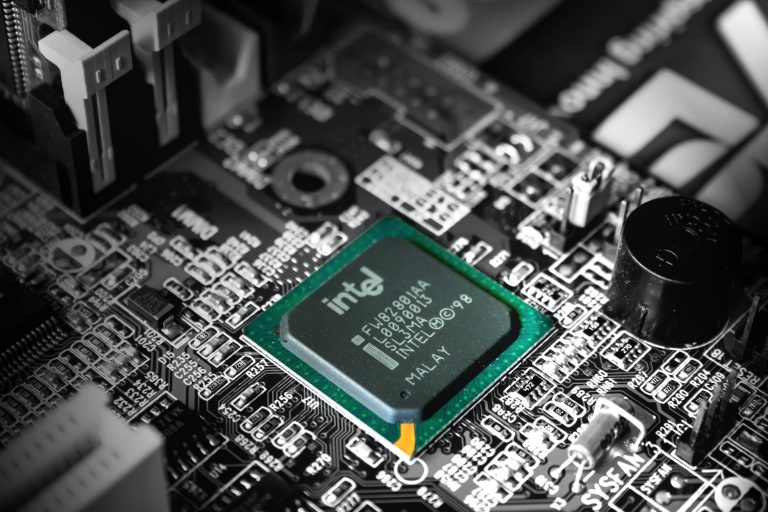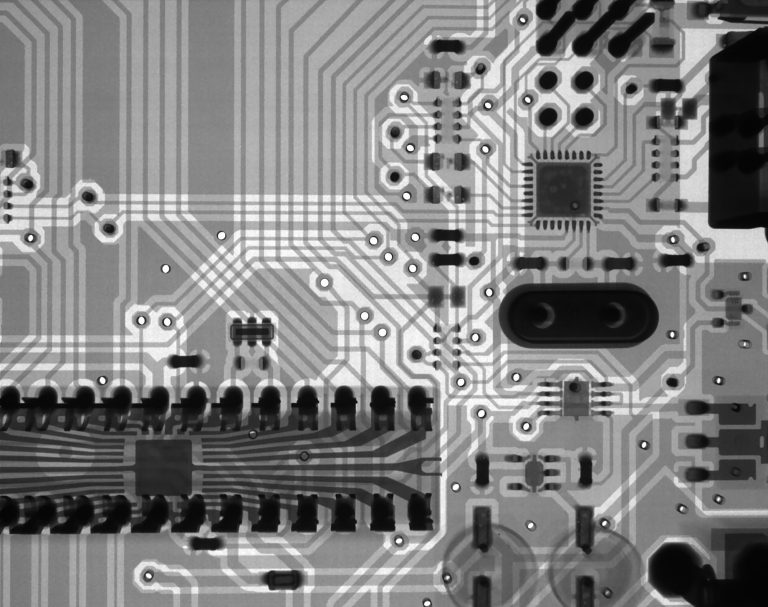Upon encountering a malfunctioning fan, it’s essential to evaluate its working state accurately. Our main goal is to discover the exact source of the problem and then figure out the most effective solution. However, not all methods employed to determine if a fan is damaged are productive. This article will elaborate on the initial steps conducted to pinpoint a faulty fan, except for one.
Non-Efficient Initial Checking Methods
Some people rely on certain outdated and ineffective methods when trying to identify a faulty fan. One of these methods includes random guessing based on irregular fan sounds. Many individuals make assumptions about malfunctions based on a fan’s unusual noises, even though this is not an accurate or competent method to determine the problem.
Examination of Power Supply
Before concluding that your fan is damaged, one should make sure whether it is receiving the appropriate power supply. Checking if the fan is plugged in correctly, or if the power outlet is functioning, should be the initial steps taken while dealing with a problematic fan.
Fan’s External Survey
Inspecting a fan’s external components can give us valuable insights about its condition. Look for signs of overheating, abnormal noises, or unusual motor vibrations. These signs could suggest potential fan malfunctions.
Checking Fan Blades
Another important aspect is to inspect the fan blades meticulously. If the blades are unbalanced or have any visual damages, it could affect the fan’s entire operation.
Internal Check
In some cases, it might be necessary to probe deeper into the fan’s internal machinery. This involves thoroughly inspecting the motor and other internal parts. However, this should only be done by individuals who are well-versed with electrical appliances to avoid any injury or damage to the fan.
Verdict
To sum it up, troubleshooting a faulty fan requires a systematic and meticulous approach. Guesswork or assumptions do not qualify as efficient strategies. Then the initial steps involved—like inspecting power supply, external and internal elements, and assessing the fan blades—are most crucial.
Jadi, jawabannya apa?
The precise answer to this question is: the less efficient method of determining whether a fan is broken is by randomly guessing based on the sound it creates. Not only is this technique grounded in suppositions and not concrete observations, but it also fails to consider the many other potential factors that could contribute to a faulty fan. A rational approach involves methodical inspection and examination of both the internal and external components of the fan.













